I am builing a circuit, and i need to connect a few different IC's (obiosly). My circuit is based on 5V TTL logic and i found a part that is made only in AHC/AHCT variant.
So let's take it from the start:
- HCT -> 5V TTL
- HC -> CMOS technology
- AHCT -> advanced 5V TTL ?
- AHC -> advanced CMOS ?
I have read, that i should not mix HC with HCT together, so can i use HCT <-> AHCT and HC <-> AHC? Does it work like that? What if i want to use a CMOS chip in my TTL design?
Tanks for any help.


